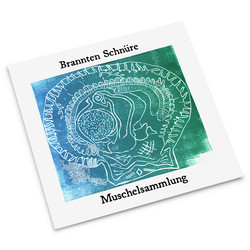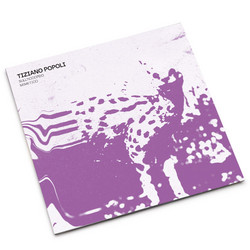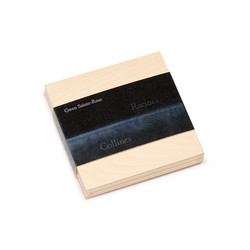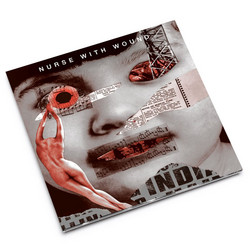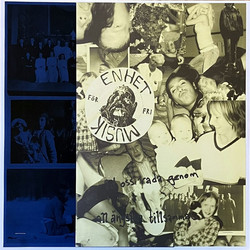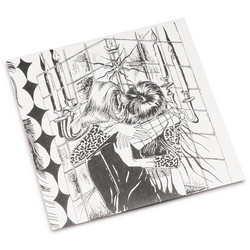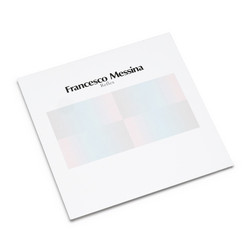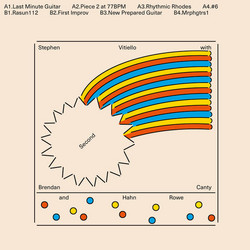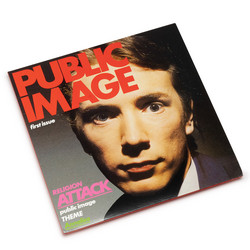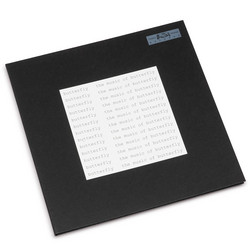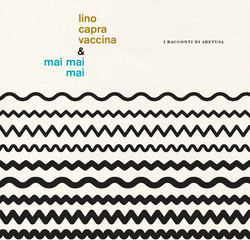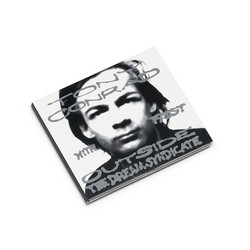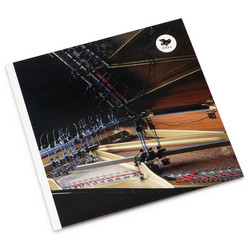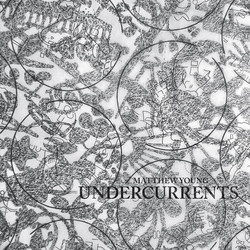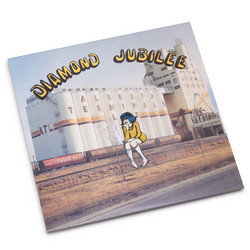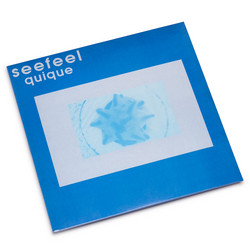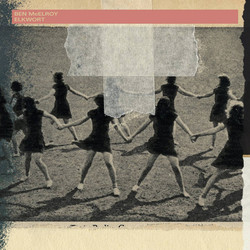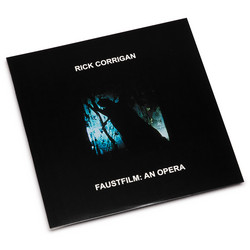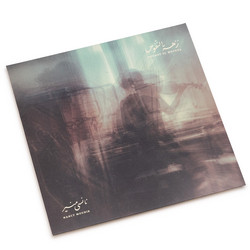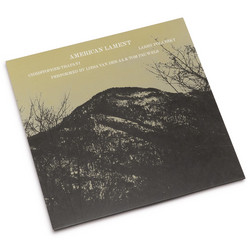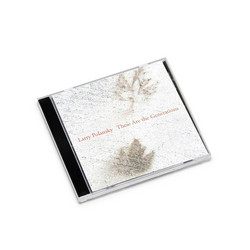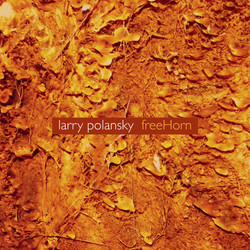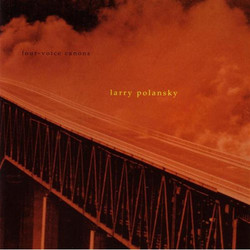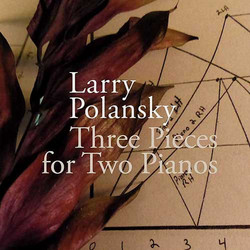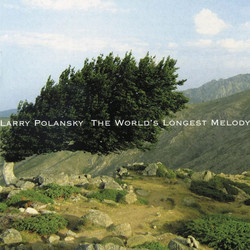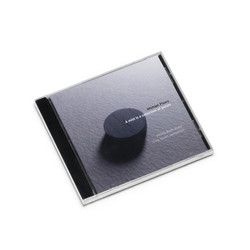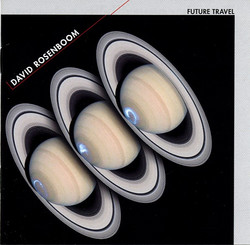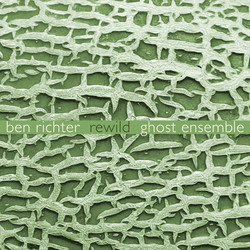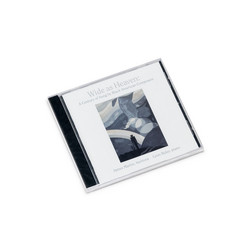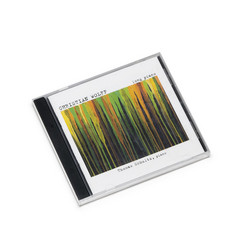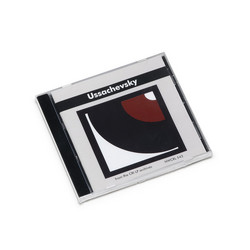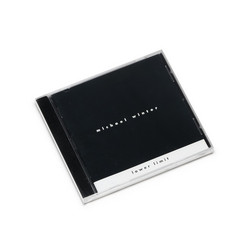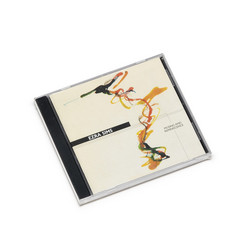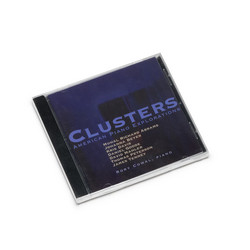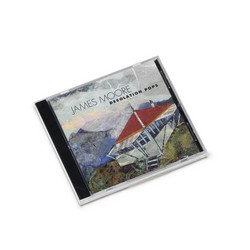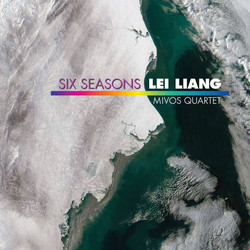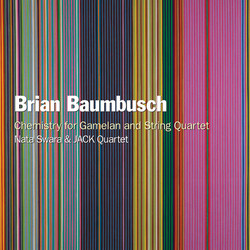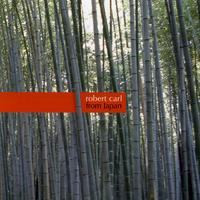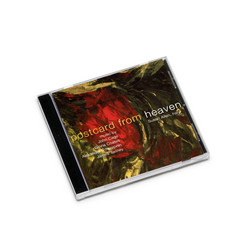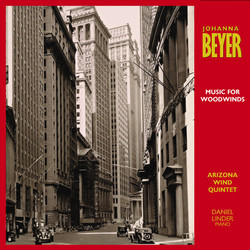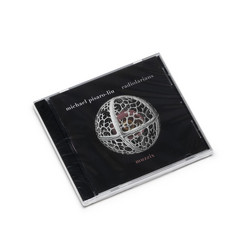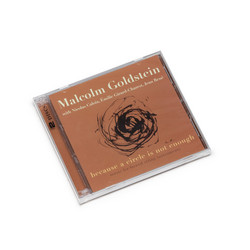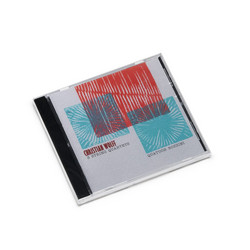Jody Diamond, Chris Mann, voice; Phil Burk and Larry Polansky, live computers; Larry Polansky, fretless electric guitars; Robin Hayward, tubas. Among the lineages of knowledge that Larry Polansky (b. 1954) has woven together in his creative work, as both a composer and theorist, have been mathematics, intonation theory, cybernetics, systems theory, artificial intelligence, musicology (both Western and non-Western), American Sign Language, and Jewish mysticism. He has combined these and many other fields of study together into some of the most important music written by anyone of his generation while retaining status as the composer who is most worthy of being called a true theorist. In many ways his compositions are themselves injunctive demonstrations of his theoretical insights that stand as critiques of the theoreticism that is now endemic to the art world. This intellectual integrity and facility has also been responsible for one of the most interesting characteristics of Polansky's compositional output. His music is one of the most successful, and rare, examples of a confluence between two, generally conflicting, twentieth-century musical streams. Like his mentor, James TenneyÑand many other late twentieth-century century experimental masters who were inspired by the aesthetic innovations of CageÑPolansky creates musical expositions of phenomenal reality. Sometimes these are based in psychoacoustic science and sometimes they are grounded in mathematical formalisms. Sometimes they explore both at once. What he also manages to doÑand this is where he succeeds at the above mentioned confluenceÑis so often reveal these concepts within an expressive musical frame that is strongly linked to more traditional musical values.
Details
Cat. number: NW 80684
Year: 2009
